Selected Plants of Navajo Rangelands
Wheatgrass, crested
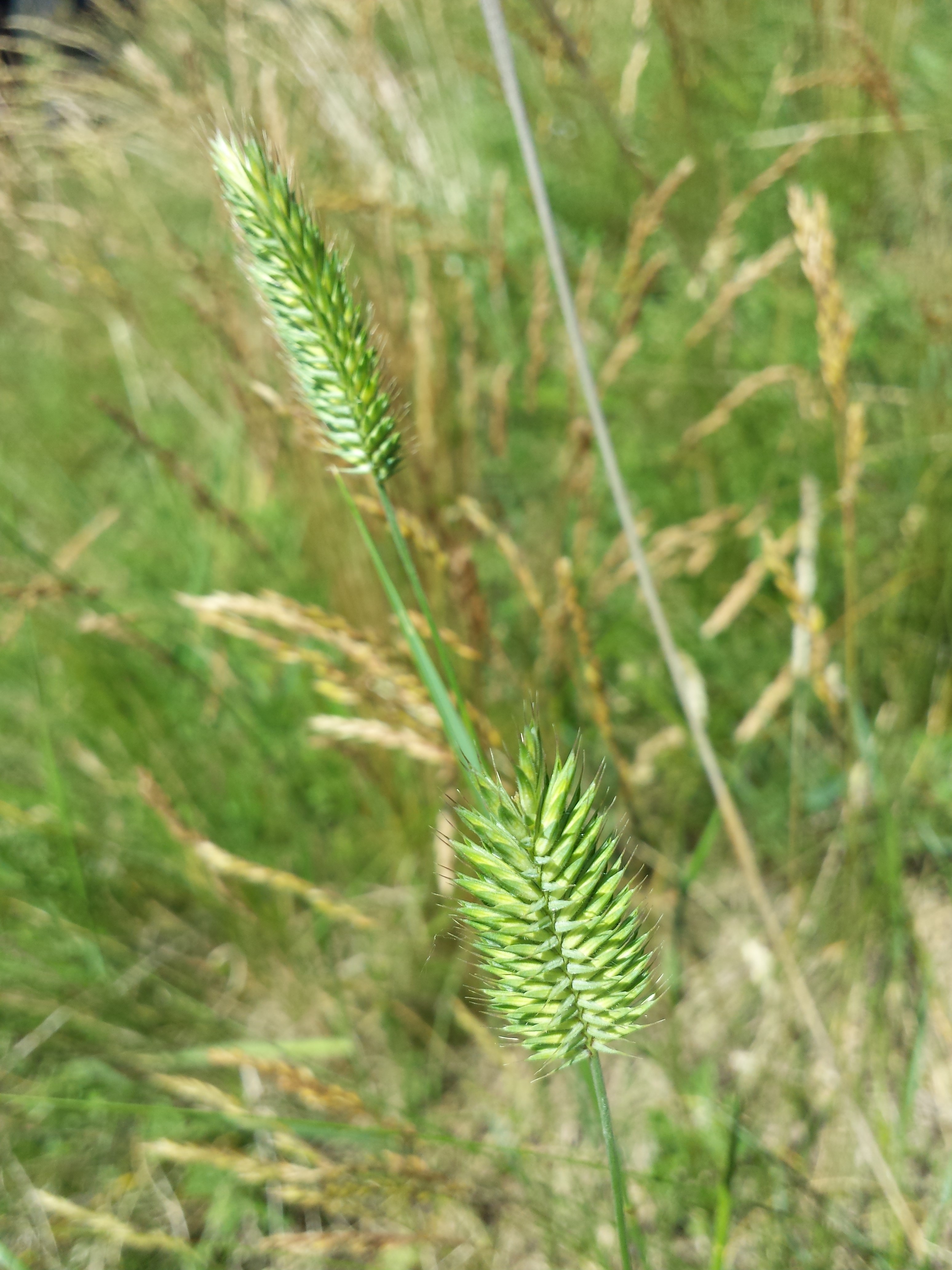
Crested wheatgrass is an introduced, long-lived, drought tolerant, and winter hardy grass with an extensive root system.
It produces leaves in the spring about 10 days after bluegrass species and about two weeks earlier than native wheatgrasses. It makes good spring growth, little summer growth, and good fall growth if moisture is available. Livestock and wildlife will graze crested wheatgrass throughout the spring growing season until it becomes too coarse, and again in fall if regrowth occurs. Established stands can withstand very heavy grazing.
In spring, the protein levels can be as high as 18% and decrease to about 4% as the grass matures. Digestible carbohydrates remain high throughout the active growth period. It is commonly utilized for winter forage by cattle and horses, but protein supplements are required to ensure good animal health.
It is not considered a desirable feed for cattle, sheep, horses, deer, antelope, or elk in the summer.
This species was introduced from Asia and is naturalized from the Pacific coast to New York.
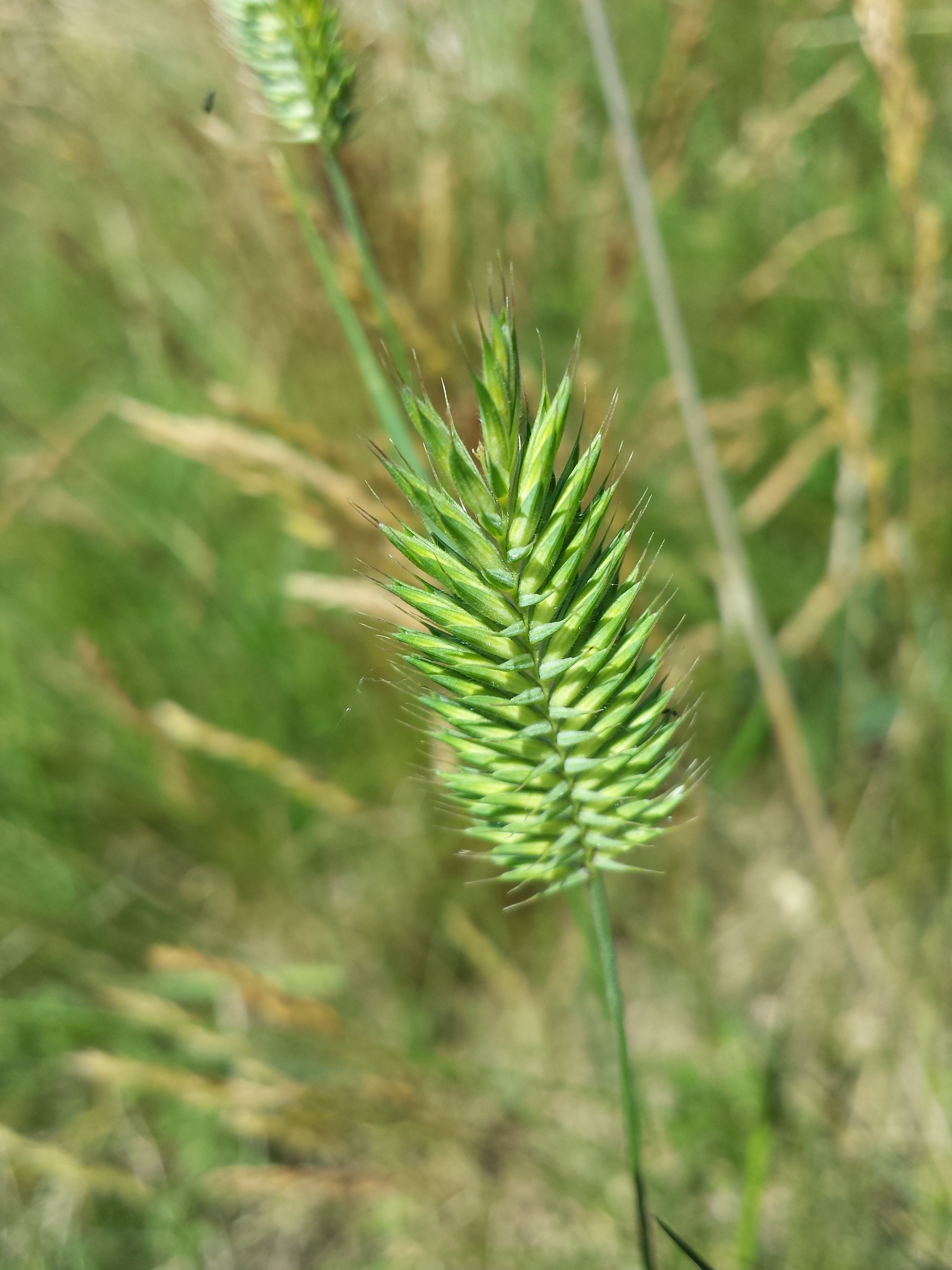
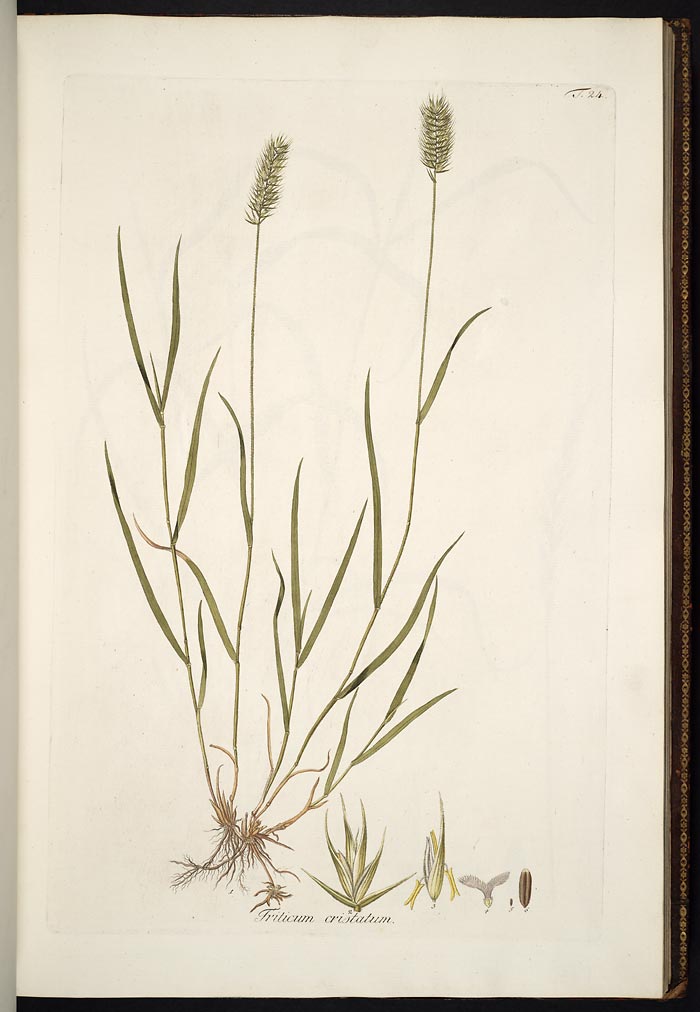
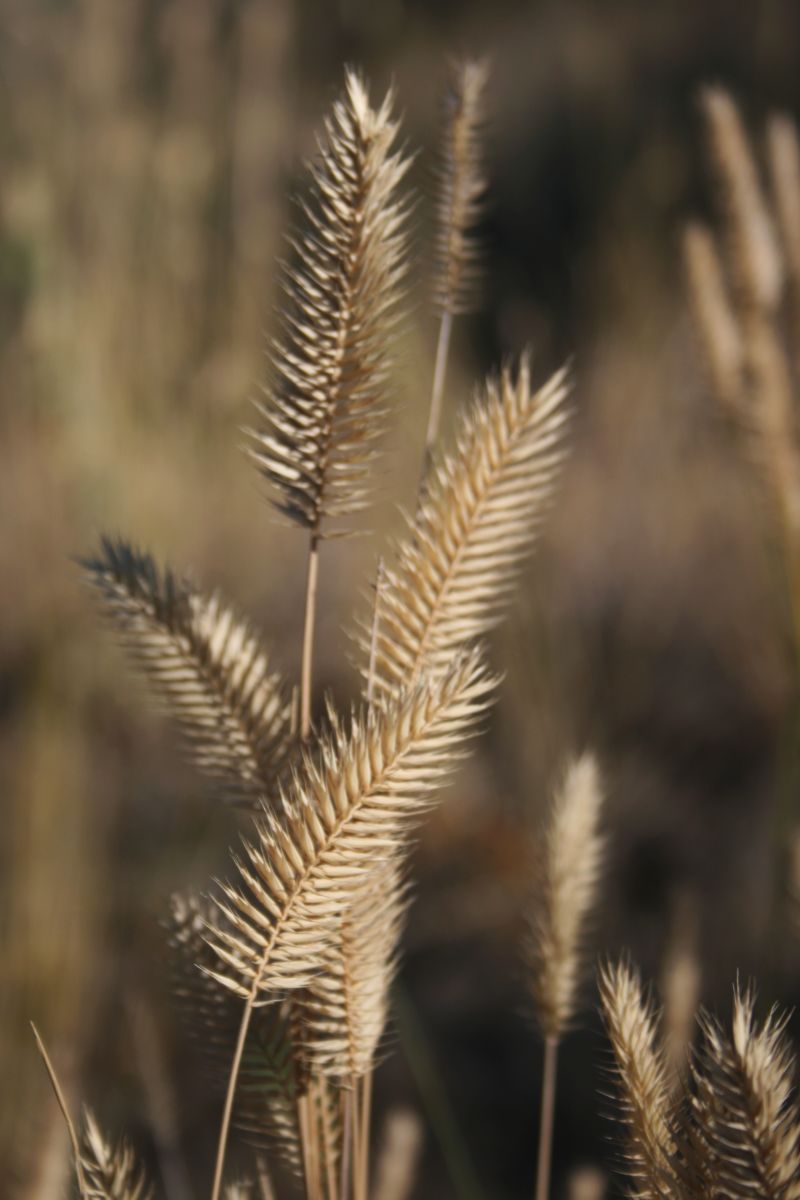
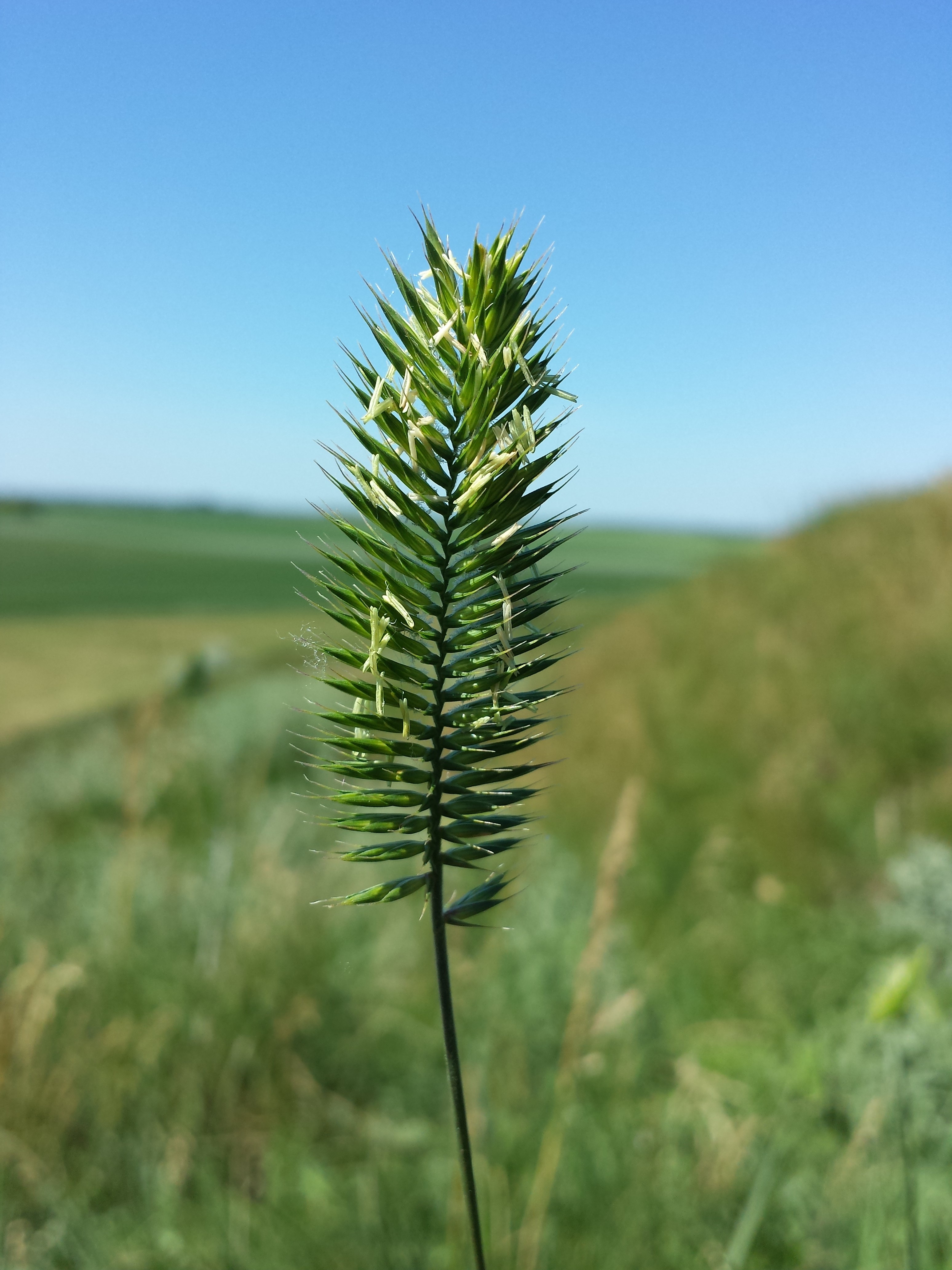
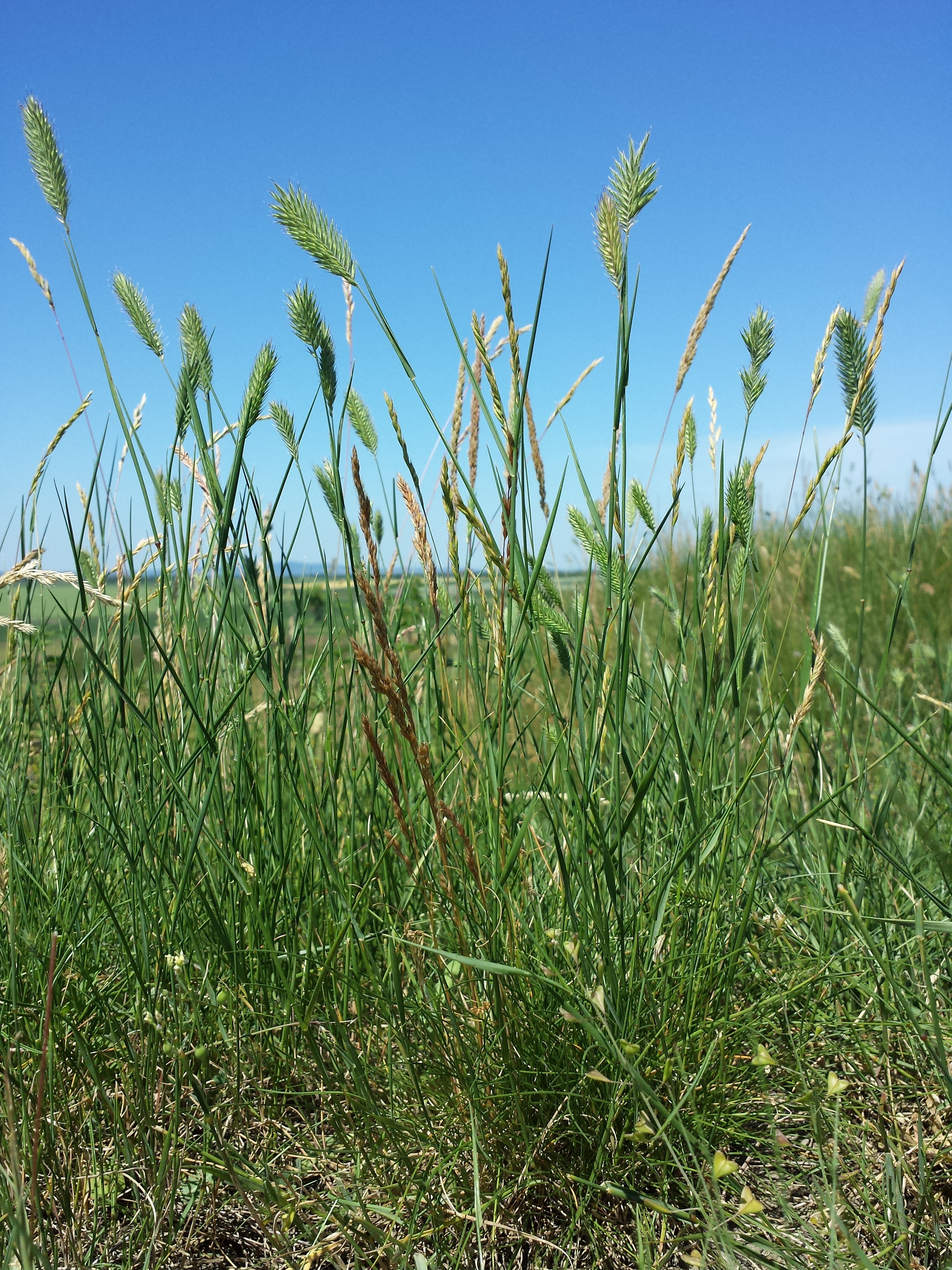
©2018 NMSU Board of Regents.
Individual photographers retain all rights to their images.
Partially funded by the
Western Sustainable
Agriculture Research and Education Program
(westernsare.org; 435.797.2257),
project EW15-023.
Programs and projects supported by Western SARE are
equally open to all people.